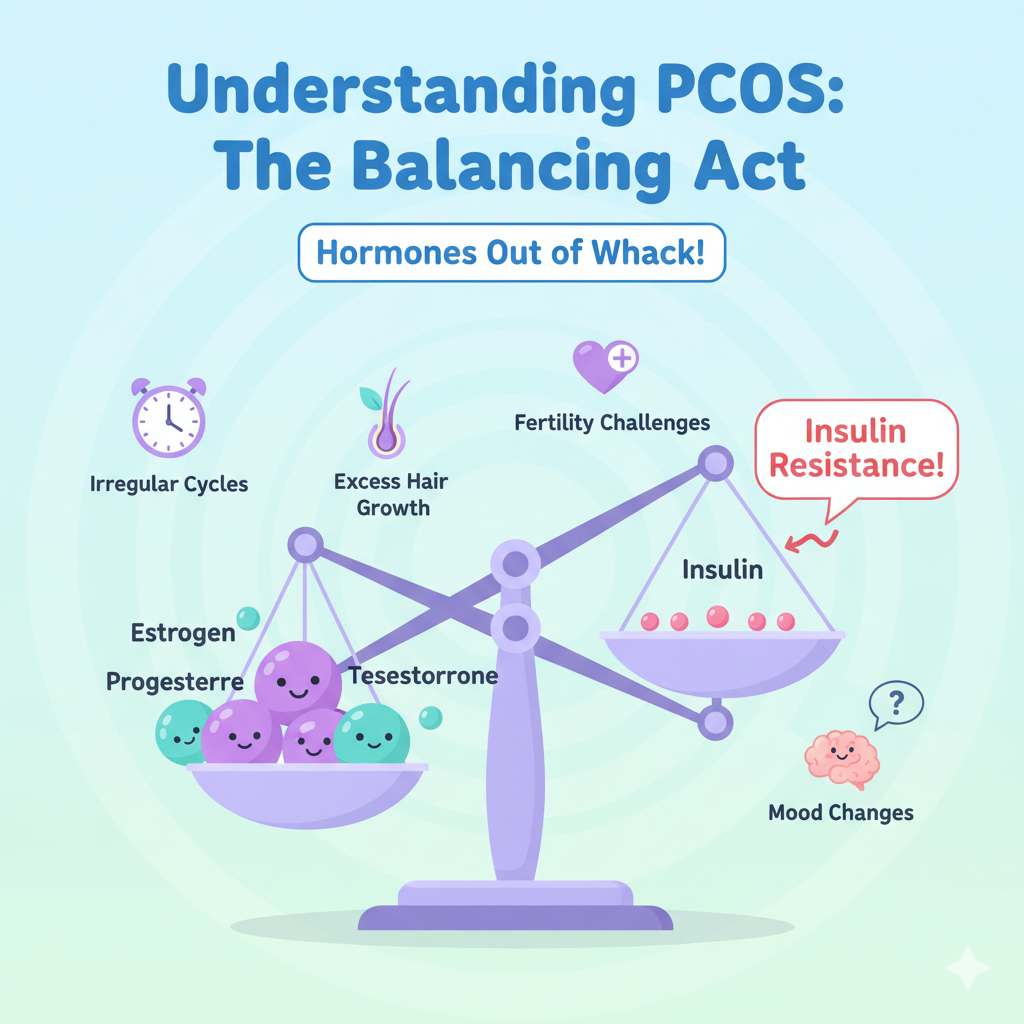Creating Your Birth Plan: A Comprehensive Guide
Feeling prepared for delivery starts with a birth plan. Our detailed guide at Blossom Women’s Clinic helps you communicate your preferences for labor, delivery, and postpartum care clearly and confidently.
Congratulations on your pregnancy! As you approach your due date, creating a birth plan is one of the most empowering steps you can take to prepare for your baby’s arrival. At Blossom Women’s Clinic, we view birth plans not as rigid scripts but as valuable communication tools that help us understand your preferences and priorities.
A thoughtful birth plan ensures your healthcare team can support you in having the most positive and safe birth experience possible, tailored to your unique needs and wishes.
92%
78%
85%
What Exactly is a Birth Plan?
A birth plan is a comprehensive document that outlines your preferences for labor, delivery, and the immediate postpartum period. It serves as a communication bridge between you and your healthcare providers, ensuring everyone understands your wishes regarding pain management, delivery environment, newborn procedures, and more.
The most important thing to remember is that birth can be unpredictable. The ultimate goal is always a healthy mother and baby. Your birth plan represents your ideal scenario, but flexibility is essential. Our team at Blossom is dedicated to guiding you through any necessary adjustments to ensure everyone’s safety and well-being while respecting your preferences as much as possible.

Why Create a Birth Plan?
- Empowerment through preparation: Understanding your options helps you feel more in control and less anxious about the birth process.
- Enhanced communication: A birth plan facilitates clear dialogue between you, your support team, and healthcare providers.
- Informed decision-making: When unexpected situations arise, having discussed preferences in advance helps with quick, confident decisions.
- Alignment with support team: Ensures your partner, doula, or other support people understand and can advocate for your preferences.
- Personalized care: Helps your medical team provide care that aligns with your values and comfort levels.
How to Get Started: A Step-by-Step Guide

1. Educate Yourself and Discuss with Your Partner
Before drafting your plan, learn about the different stages of labor, common procedures, pain relief options, and potential interventions. Attend prenatal classes, read reputable sources, and discuss your thoughts and feelings with your partner or birth companion. Consider what matters most to you—is it minimal intervention, specific comfort measures, or particular postpartum practices?
2. Consult with Your Blossom Healthcare Provider
This is the most crucial step. During your prenatal appointments at Blossom, discuss your preferences and questions with us. We can explain standard practices at our facility, review your options based on your specific health situation, and help you make informed decisions. We’ll also let you know if any of your preferences might need special arrangements.
3. Draft Your Plan with Clear, Positive Language
Aim for a concise, one-page document using clear, positive phrasing. Instead of “I don’t want continuous fetal monitoring,” try “I prefer intermittent monitoring if my pregnancy remains low-risk.” This approach fosters collaboration with your care team. Focus on your most important preferences rather than trying to cover every possible scenario.
4. Review and Finalize
Share your draft with your healthcare provider for feedback. Make copies for your hospital bag, your support team, and include one in your medical records. Remember to discuss your plan with anyone who will be supporting you during labor.
What to Include in Your Birth Plan
Your birth plan can address various aspects of your labor, delivery, and immediate postpartum experience. Use these categories as a comprehensive checklist.
Labor Environment & Comfort
- Atmosphere preferences (lighting, music, aromatherapy)
- Who you want present during labor and delivery
- Freedom of movement and position changes
- Use of hydrotherapy (shower or tub)
- Comfort items from home
- Privacy preferences
Pain Management
- Natural comfort measures (breathing, massage, positioning)
- Preferences for medical pain relief (epidural, narcotics)
- When you’d like to discuss pain medication options
- Alternative therapies (acupuncture, hypnobirthing)
Delivery & Immediate Postpartum
- Pushing techniques (coached vs. spontaneous)
- Perineal care preferences
- Position for delivery
- Mirror to view birth
- Delayed cord clamping
- Who cuts the umbilical cord
- Immediate skin-to-skin contact
Newborn Care
- Feeding preferences (breastfeeding, formula)
- First bath timing
- Newborn procedures (vitamin K, eye ointment)
- Circumcision decision (if having a boy)
- Rooming-in preferences
- Who accompanies baby for procedures
Special Circumstances
- Preferences for cesarean section
- Induction methods and timing
- Use of vacuum or forceps
- Unexpected outcomes
- Postpartum depression screening
Postpartum & Support
- Partner staying overnight
- Visitor preferences
- Photography/videography
- Placenta handling
- Lactation support
- Postpartum healing preferences
Remember: You don’t need to have an opinion on every item. Focus on what matters most to you. Your Blossom care team will handle standard procedures according to best practices unless you specify otherwise.
Expert Tips for an Effective Birth Plan
- Start early: Begin considering your preferences during the second trimester to allow ample time for research and discussion with your healthcare provider.
- Prioritize your preferences: Identify your top 3-5 “must-haves” and be more flexible with other items.
- Use positive language: Frame requests positively (“I hope to…”) rather than negatively (“I don’t want…”).
- Keep it concise: Aim for one page with bullet points for easy scanning by busy medical staff.
- Review with your provider: Discuss your plan with your prenatal care provider to ensure it aligns with your facility’s practices and policies.
- Prepare for different scenarios: Consider making brief notes about your preferences for potential situations like induction or cesarean.
- Bring several copies to the hospital—one for your chart, one for your nurse, and extras for shift changes.
- Stay flexible: Understand that birth is unpredictable, and the ultimate goal is a safe delivery for you and your baby.

Common Preferences to Consider
While every birth plan is unique, here are some common preferences our patients at Blossom often include:
- Freedom to move and change positions during labor
- Minimal intervention if labor is progressing normally
- Eating and drinking during early labor
- Delayed cord clamping (1-3 minutes after birth)
- Immediate skin-to-skin contact after delivery
- Breastfeeding within the first hour
- Rooming-in with baby throughout hospital stay
- Delaying newborn procedures until after bonding time
- Partner participation in cord cutting
- Photography during delivery or immediately after
Your Partnership with Blossom Women’s Clinic
At Blossom Women’s Clinic, we view your birth plan as the beginning of an important conversation about your care. We are your partners in this incredible journey, committed to honoring your choices while ensuring the safety of you and your baby.
Our Commitment to You
When you choose Blossom Women’s Clinic, you’re selecting a team that values:
- Respect for your preferences: We’ll honor your birth plan whenever medically safe to do so.
- Clear communication: We’ll explain any necessary deviations from your plan and involve you in decision-making.
- Evidence-based care: Our recommendations are based on the latest research and best practices.
- Emotional support: We’re here to support you emotionally as well as physically throughout your birth experience.
By creating a birth plan and discussing it with us, you’re taking an active, empowered role in your care. We’re honored to be part of your journey and committed to helping you bring your new little one into the world with confidence, safety, and joy.


